Stapes Prosthesis Crimping Forcep
Product Details:
Stapes Prosthesis Crimping Forcep Price And Quantity
- 1250 INR/Piece
- 10 Piece
Product Description
Stapes Prosthesis Crimping ForcepDifferent types of forceps are used to crimp stapes prostheses during stapes surgery. The choice of forceps can affect the outcome of the surgery. Here are some details:
-
MacGee Forceps: These are commonly used to fix crimp prostheses to the long process of the incus (LPI). They are used to bend the loop of the crimp prosthesis, which is designed to imitate the physiological incudostapedial joint (ISJ).
-
Alligator Forceps: Similar to MacGee forceps, alligator forceps are used to crimp the prosthesis onto the LPI. They provide a firm attachment of the prosthesis to the incus.
-
Crimp Forceps: Specifically designed for crimping, these forceps are used to bend the static loop of the crimp prosthesis around the LPI. The goal is to create a stable but mobile connection that mimics the natural joint.
-
90 Hook: This tool is used to push clips over the LPI when using a CliP Piston prosthesis. Unlike crimp prostheses, the CliP Piston is pushed onto the LPI without the need for bending a loop.
The choice of forceps and the technique used can influence the surgical time and the hearing outcome. Proper crimping is crucial for achieving optimal sound transmission and hearing improvement in patients undergoing stapes surgery for otosclerosis.

Price:
- 50
- 100
- 200
- 250
- 500
- 1000+

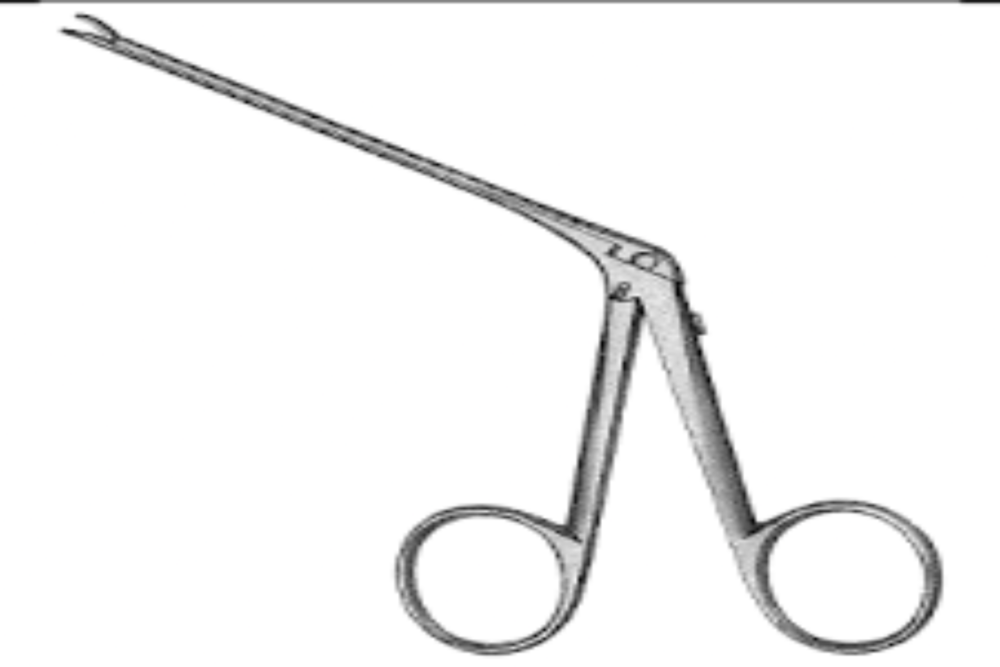
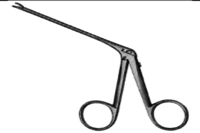
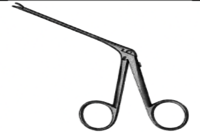
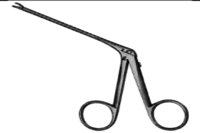




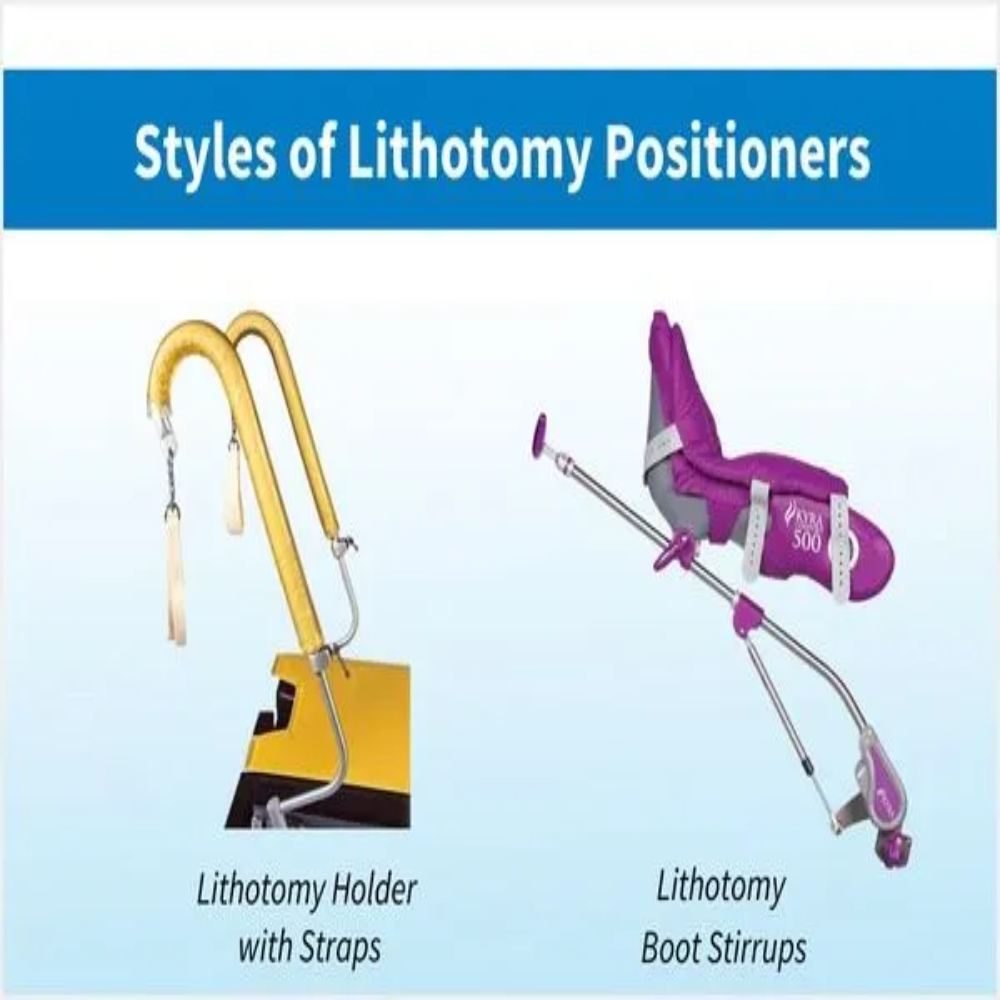
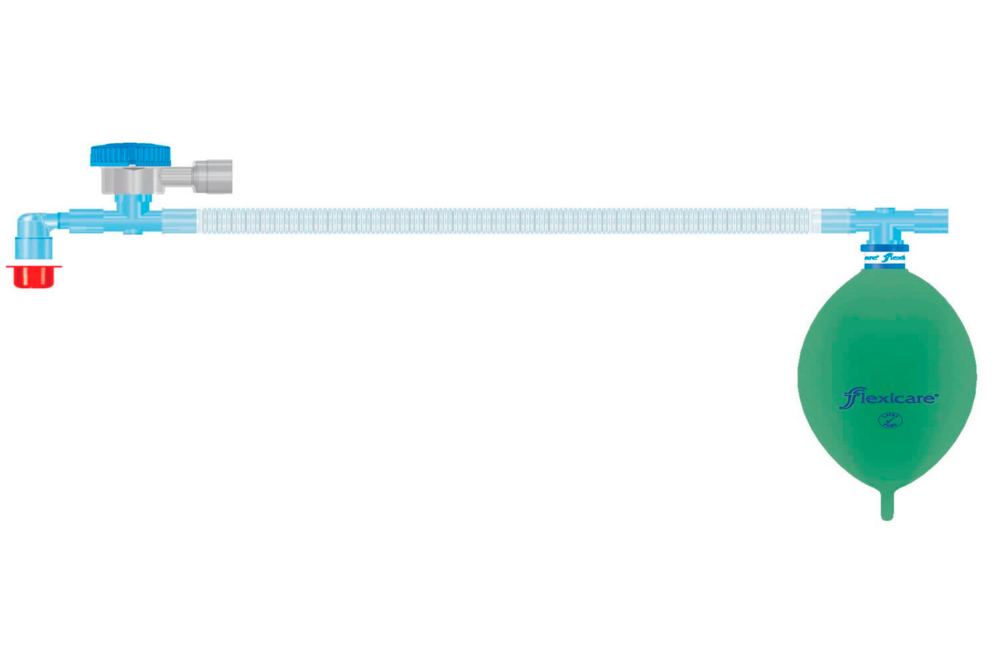
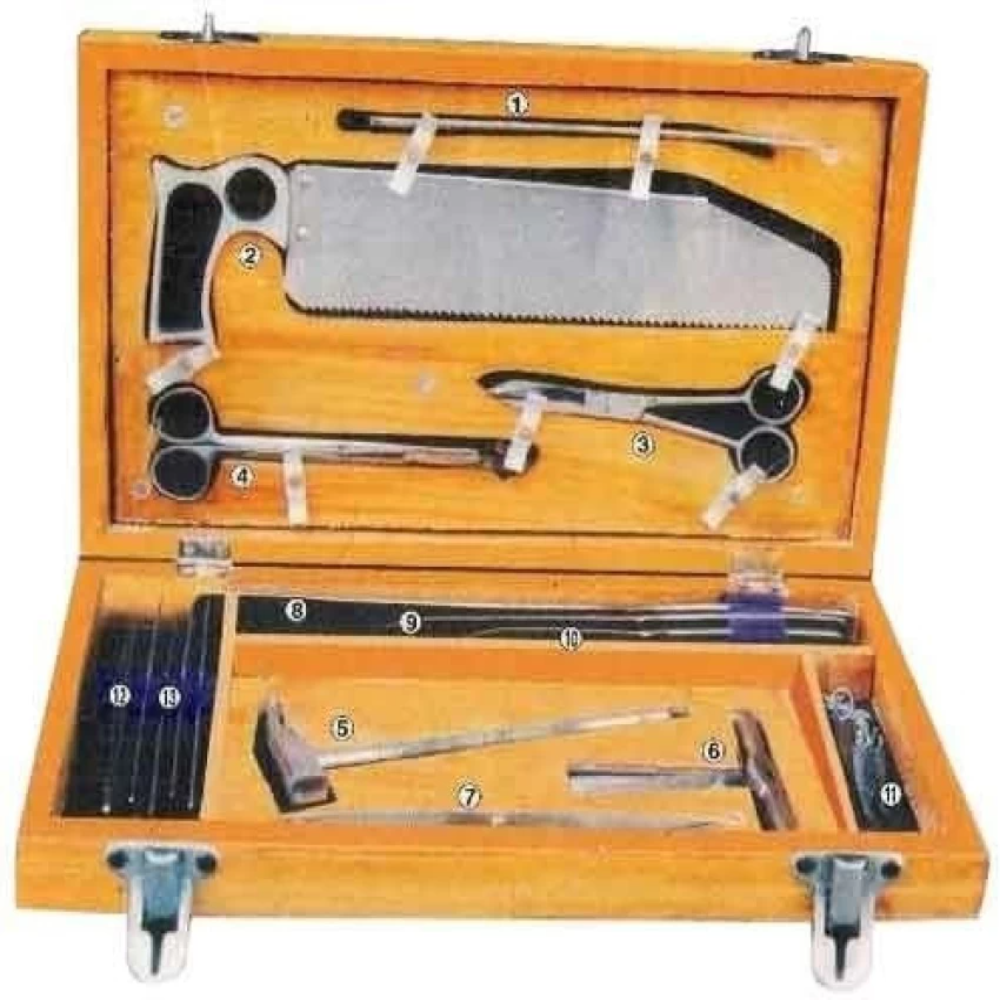
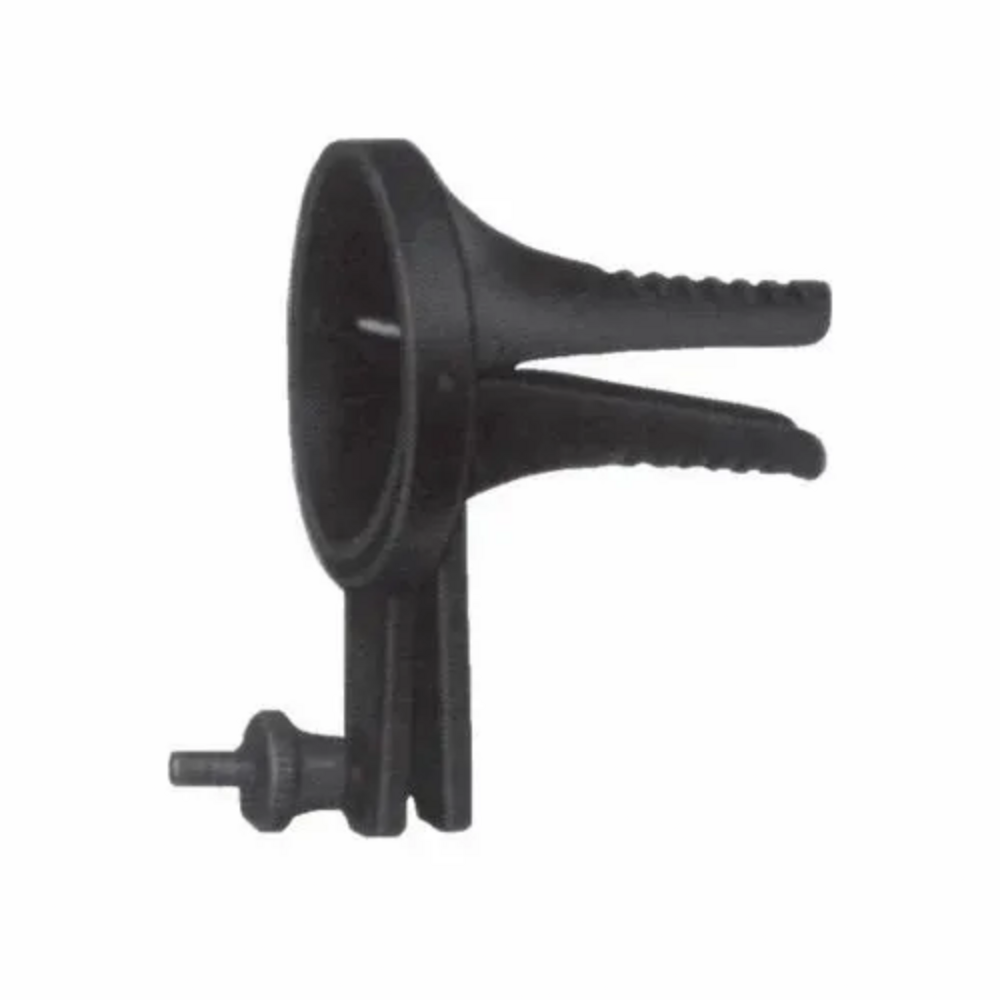
 Send Inquiry
Send Inquiry Send SMS
Send SMS Call Me Free
Call Me Free
